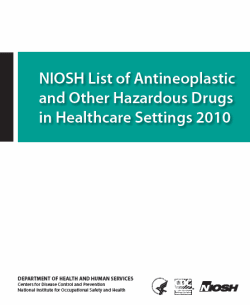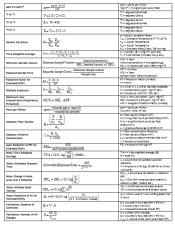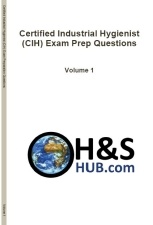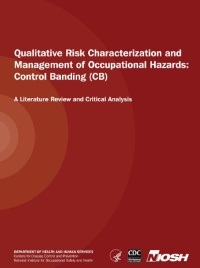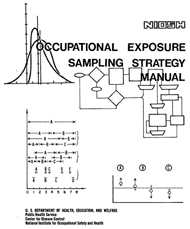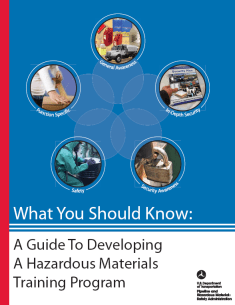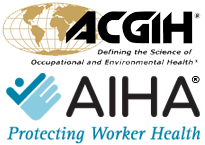 For information on fall protection, see OHShub.com’s Post , Fall Protection Guidelines.
For information on fall protection, see OHShub.com’s Post , Fall Protection Guidelines.
Five popular Scaffolding interpretations from OSHA (29CFR1926.450, Subpart L).
Question 1: When may the space between scaffold planks or between scaffold planks and uprights exceed one inch in width?
Answer: The relevant standard, 29 CFR §1926.451(b)(1)(i), states:
Each platform unit (e.g., scaffold plank, fabricated plank, fabricated deck, or fabricated platform) shall be installed so that the space between adjacent units and the space between the platform and the uprights is no more than 1 inch (2.5 cm) wide,except where the employer can demonstrate that a wider space is necessary (for example, to fit around uprights when side brackets are used to extend the width of the platform). (Emphasis added).
In addition, 29 CFR §1926.451(b)(1)(ii) states:
Where the employer makes the demonstration provided for in paragraph (b)(1)(i) of this section, the platform shall be planked or decked as fully as possible and the remaining open space between the platform and the uprights shall not exceed 9 ½ inches (24.1 cm). (Emphasis added).
Question 2: Scenario: Employees are on a supported scaffold during erecting and dismantling. While on the scaffold they are using 100% fall protection by being tied off at all times. Under this scenario is there a requirement to have guardrails when on the scaffold’s wooden planks?
Answer: No. Section 1926.451(g)(2) states in part:
… the employer shall have a competent person determine the feasibility and safety of providing fall protection for employees erecting and dismantling supported scaffolds. Employers are required to provide fall protection for employees erecting or dismantling supported scaffolds where the installation and use of such protection is feasible and does not create a greater hazard.
In this scenario fall protection is already being used. There is no additional requirement to have guardrails.
Question 3: Do the OSHA standards prohibit tying off to a scaffold?
Answer: No.
It is OSHA’s position that scaffolding can function as a suitable anchorage for fall arrest systems when the scaffolding section so used is erected and braced such that the criteria of §1926.502(d)(15) are met. This applies whether the scaffold is partially built (i.e., being erected or disassembled) or completely built.
(more…)



